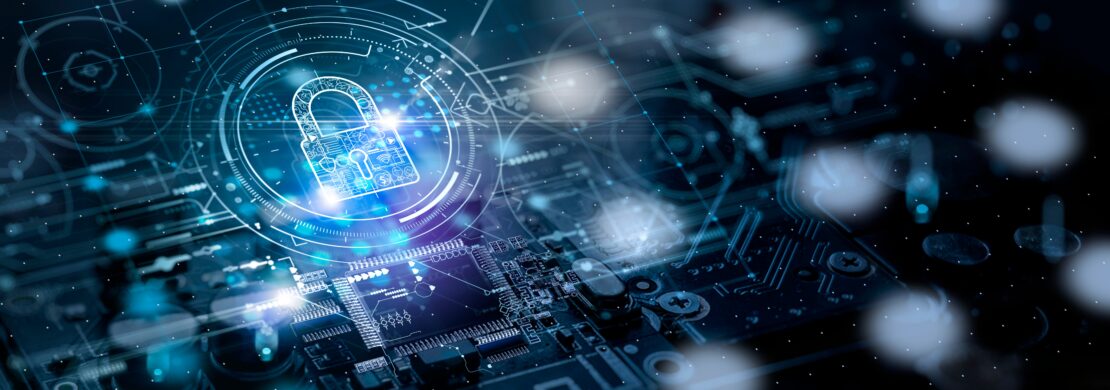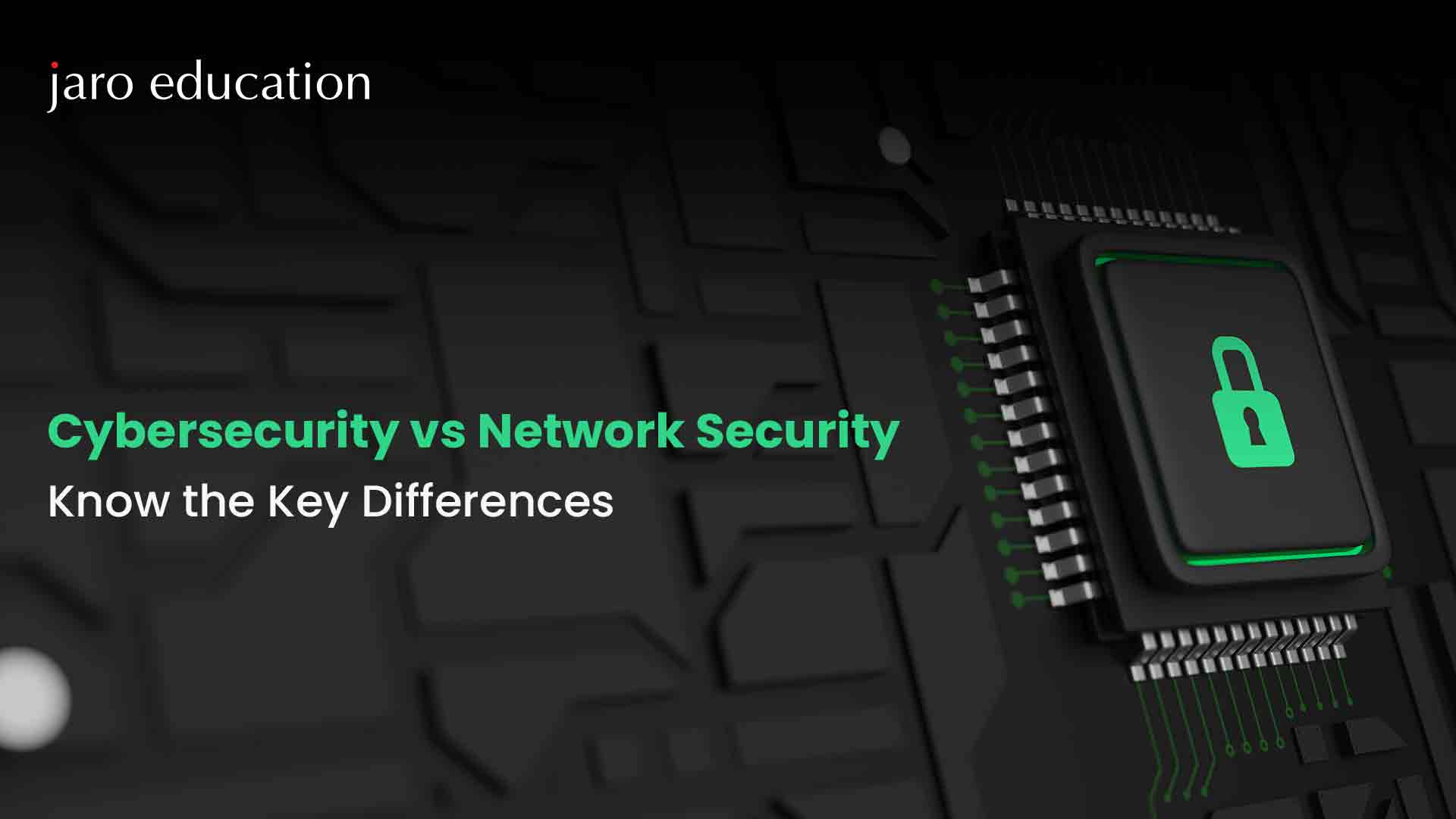Fiber Network Security: Protect Your Fiber Optic Infrastructure from Cyber Threats
Fiber Network Security: Protect Your Fiber Optic Infrastructure from Cyber Threats
Blog Article
Just How Data and Network Safety Secures Against Emerging Cyber Hazards
In a period noted by the quick evolution of cyber risks, the relevance of information and network safety has actually never been more pronounced. As these risks become a lot more complex, understanding the interplay in between data security and network defenses is crucial for alleviating threats.
Comprehending Cyber Risks

The ever-evolving nature of modern technology continuously presents brand-new susceptabilities, making it critical for stakeholders to stay vigilant. Individuals might unknowingly succumb social engineering techniques, where assailants adjust them into disclosing delicate details. Organizations face unique obstacles, as cybercriminals frequently target them to manipulate useful data or interfere with operations.
Moreover, the rise of the Net of Points (IoT) has actually broadened the assault surface, as interconnected gadgets can act as access factors for enemies. Recognizing the relevance of durable cybersecurity techniques is essential for reducing these threats. By promoting an extensive understanding of cyber people, organizations and threats can implement effective approaches to secure their electronic possessions, guaranteeing resilience when faced with a significantly intricate hazard landscape.
Trick Parts of Information Safety And Security
Guaranteeing information safety and security requires a complex approach that encompasses different key parts. One basic element is information encryption, which changes delicate information into an unreadable layout, easily accessible only to accredited individuals with the ideal decryption secrets. This functions as a critical line of defense against unapproved accessibility.
One more vital part is accessibility control, which controls who can view or control data. By implementing stringent individual authentication procedures and role-based gain access to controls, organizations can reduce the threat of expert risks and data breaches.

Additionally, information concealing strategies can be used to protect sensitive information while still allowing for its use in non-production environments, such as screening and growth. fft perimeter intrusion solutions.
Network Protection Strategies
Applying robust network safety and security techniques is important for securing an organization's electronic infrastructure. These methods include a multi-layered method that includes both software and hardware remedies made to protect the stability, privacy, and schedule of data.
One essential part of network protection is the deployment of firewalls, which offer as a barrier in between trusted interior networks and untrusted external networks. Firewall softwares can be hardware-based, software-based, or a mix of both, and they aid filter inbound and outbound web traffic based upon predefined safety and security regulations.
Furthermore, invasion discovery and prevention systems (IDPS) play an essential duty in monitoring network website traffic for dubious tasks. These systems can notify managers to prospective breaches and act to mitigate threats in real-time. Frequently updating and patching software application is also essential, as vulnerabilities can be manipulated by cybercriminals.
Additionally, executing Virtual Private Networks (VPNs) ensures secure remote access, encrypting information transferred over public networks. Segmenting networks can lower the strike surface and contain potential breaches, limiting their impact on the overall facilities. By adopting these approaches, organizations can successfully strengthen their networks versus emerging cyber hazards.
Best Practices for Organizations
Developing best techniques for companies is important in maintaining a strong safety position. A detailed method to information and network protection starts with normal danger assessments to determine vulnerabilities and possible risks. Organizations should implement robust access controls, making sure that just licensed workers can access sensitive data and systems. Multi-factor verification (MFA) ought to be a basic demand to enhance safety and security layers.
Furthermore, continual worker training and great site understanding programs are crucial. Employees should be educated on recognizing phishing efforts, social design techniques, and the value of adhering to protection protocols. Routine updates and patch administration for software and systems are also important to shield against known susceptabilities.
Organizations have to create and check incident reaction prepares to make certain readiness for possible breaches. This includes establishing clear interaction networks and duties during a safety and security case. Information security ought to be utilized both at remainder and in transportation to guard sensitive info.
Last but not least, carrying out routine audits and compliance checks will help make certain adherence to established policies and pertinent policies - fft perimeter intrusion solutions. By following these finest methods, organizations can dramatically enhance their resilience against arising cyber risks and protect their crucial properties
Future Trends in Cybersecurity
As companies navigate a significantly intricate electronic landscape, the future of cybersecurity is positioned to advance dramatically, driven by emerging internet technologies and changing risk paradigms. One famous pattern is the integration of artificial intelligence (AI) and maker understanding (ML) right into protection structures, permitting real-time risk detection and action automation. These technologies can examine vast quantities of data to determine anomalies and potential breaches extra successfully than typical techniques.
Another critical trend is the surge of zero-trust style, which calls for continual confirmation of user identifications and tool security, regardless of their location. This approach decreases the danger of insider risks and boosts security against exterior assaults.
In addition, the enhancing adoption of cloud solutions demands robust cloud safety approaches that resolve one-of-a-kind vulnerabilities related to cloud settings. As remote work ends up being a permanent component, securing endpoints will certainly additionally become vital, causing an elevated concentrate on endpoint discovery and action (EDR) remedies.
Finally, regulatory compliance will certainly remain to shape cybersecurity methods, pushing companies to embrace much more rigorous data security procedures. Accepting these patterns will be necessary for companies to strengthen their defenses and navigate the progressing landscape of cyber threats effectively.
Final Thought
Finally, the application of robust information and network safety and security steps is crucial for companies to guard versus arising cyber risks. By making use of encryption, access control, and effective network safety and security methods, companies can significantly lower susceptabilities and safeguard sensitive details. Adopting best practices better improves resilience, preparing organizations to encounter advancing cyber difficulties. important site As cybersecurity proceeds to progress, staying notified concerning future fads will be crucial in preserving a solid defense versus potential hazards.
In an era noted by the fast development of cyber risks, the relevance of information and network security has never ever been much more obvious. As these hazards come to be extra intricate, recognizing the interaction in between data security and network defenses is essential for minimizing risks. Cyber hazards incorporate a wide range of destructive activities intended at endangering the discretion, stability, and schedule of networks and information. An extensive approach to information and network safety and security starts with regular threat assessments to identify susceptabilities and possible hazards.In conclusion, the execution of robust information and network protection procedures is crucial for companies to protect against emerging cyber dangers.
Report this page